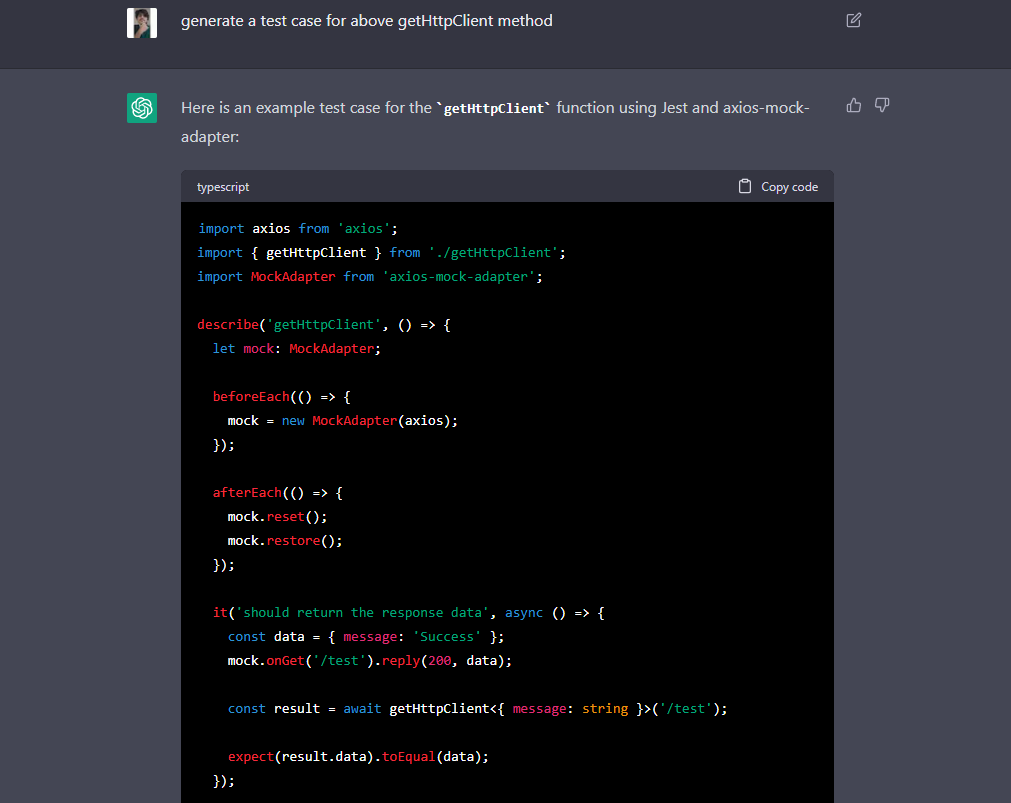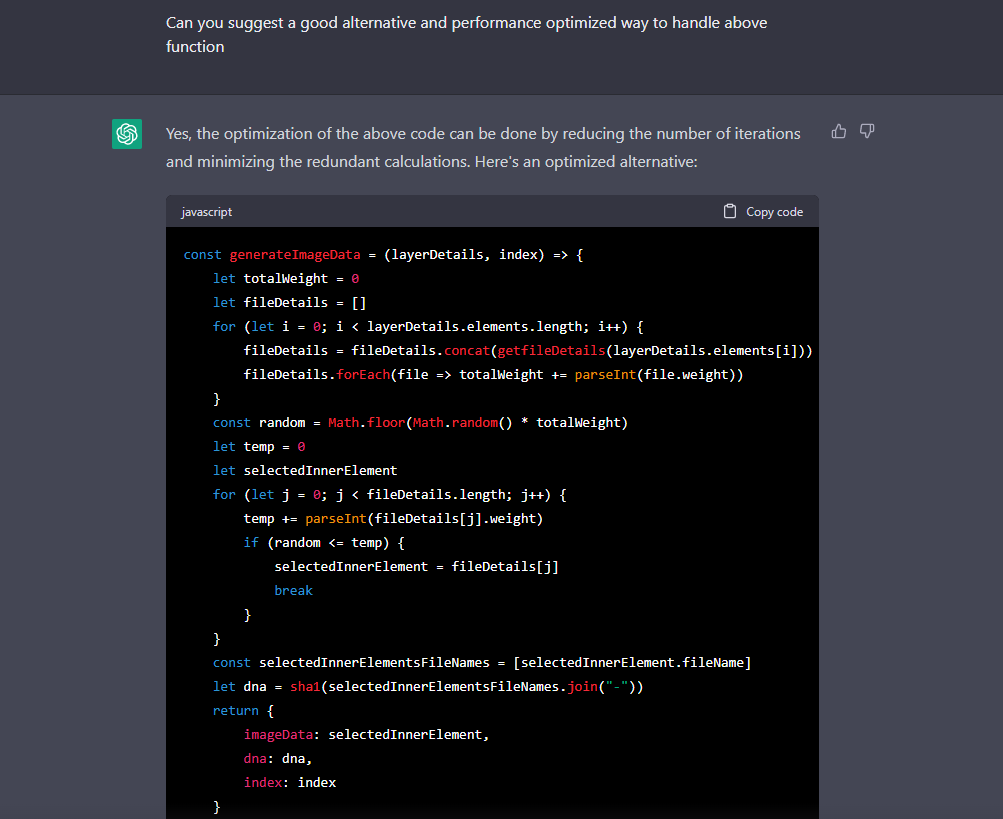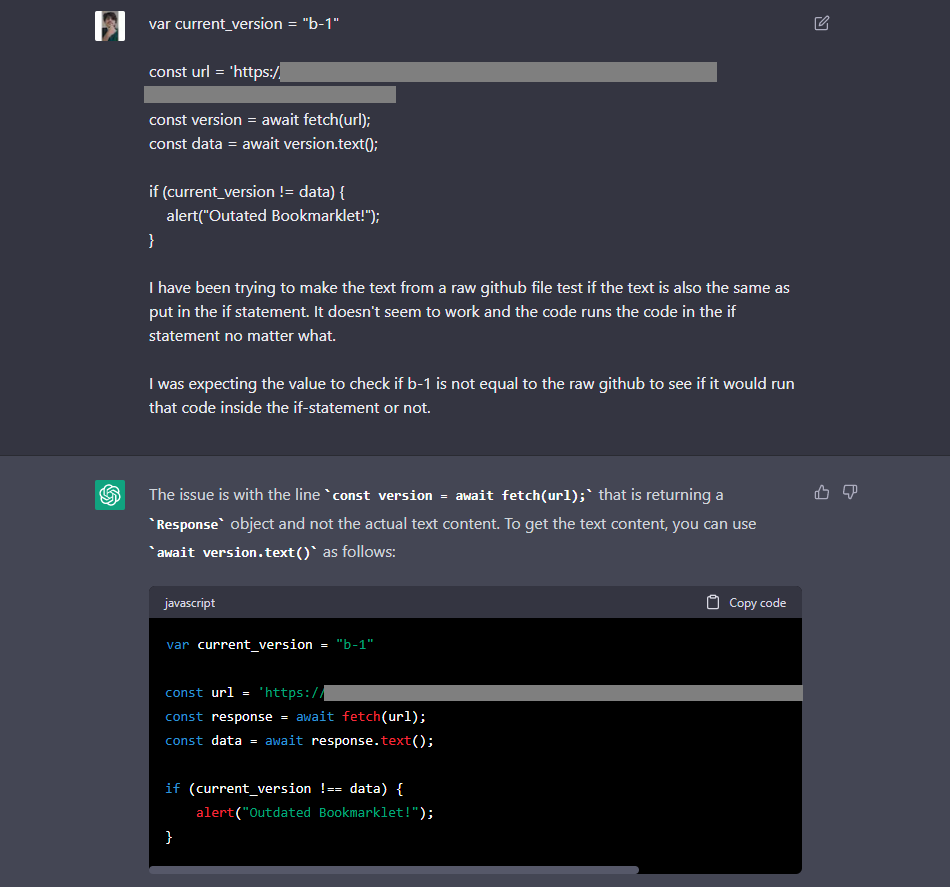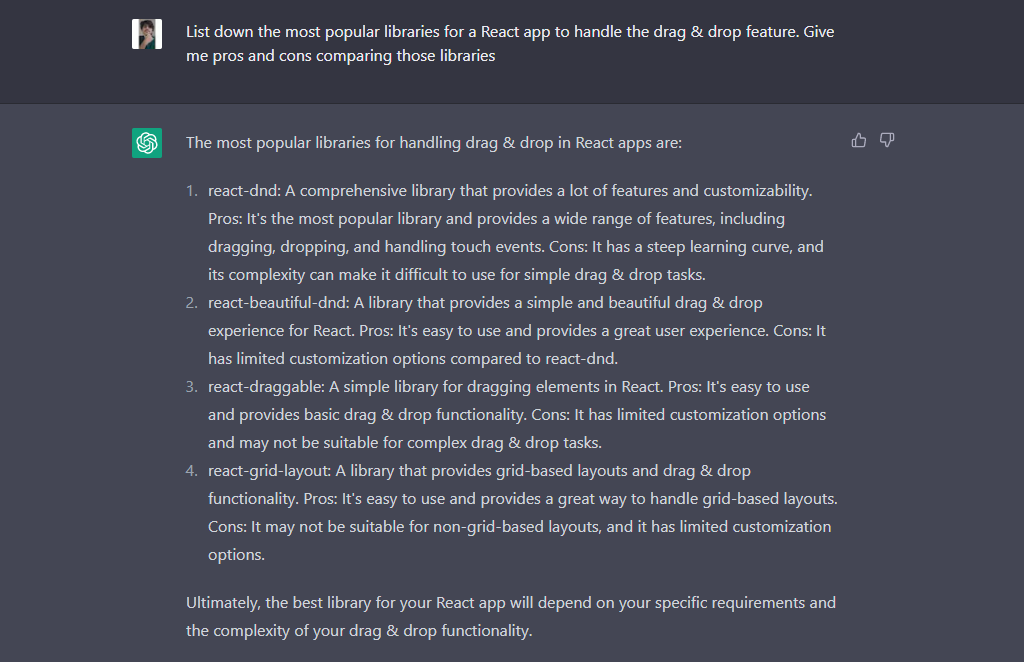
Its capacity for human-like response has sent shocks to the whole world, giving rise to the notion that it could one day transform how people interact with computers and how information is found.
OpenAI launched ChatGPT in November 2022, a chatbot with a large language model. As a result, you can communicate with a chatbot in various ways. The language model can help you with coding, email creation, and essay writing, as well as answer your inquiries. Both reinforcement learning and supervised learning approaches are used to fine-tune ChatGPT.
ChatGPT was trained by gathering significant data with an October 2021 cutoff. Then, using additional datasets with human-labeled labels, the model is continuously evaluated and improved for various language-oriented tasks. It’s fascinating to see how it can engage in conversation and respond with comments that sometimes seem quite insightful.
Technically speaking, ChatGPT falls within the category of generative AI. Once trained, a generative AI model can generate results similar to the training data but not precisely the same.
In terms of code generation, ChatGPT is a potent tool for developers. ChatGPT can comprehend and interpret developer needs using its natural language processing skills and provide corresponding code snippets. When it comes to repeated tasks or boilerplate code, this may save programmers a lot of time.
Instead of producing basic functionality, ChatGPT can produce complex codes for tasks like constructing an entire class or module. This enables developers unfamiliar with a programming language or framework to catch up fast without spending much time on the fundamentals, which may be very valuable for beginner programmers.
Overall, ChatGPT's code generation features may be helpful for developers of all experience levels since they help them focus on the most critical aspects of their projects. At the same time, the model takes care of repetitive and time-consuming tasks. Also, this can decrease the possibility of mistakes and inconsistencies while saving time.
Here you can find ChatGPT results when asking it to create a React component with the given requirements. I specially asked that it use the "React Beautiful DND" library, and ChatGPT built me a fully functional React component that satisfies all my needs. It was an outstanding result. ChatGPT included every functionality I requested, and the app worked as well as expected. The key point is its understanding; it has perfectly delivered on all my needs.

Thanks to ChatGPT's natural language processing skills, it can accurately generate documents identifying the requirements. Developers, who frequently have to spend a lot of time developing comprehensive documentation for their code, might benefit significantly from this in terms of time savings.
For instance, a developer can give ChatGPT a snippet of code and instruct it to generate documentation explaining the function's intent, inputs, outputs, and other relevant details. Also, ChatGPT can produce documentation for whole classes or modules, offering a comprehensive overview of the code.
Additionally, ChatGPT can provide documentation in various forms, such as Markdown, HTML, or JSDoc, making it simple for developers to integrate with their code editor.
For developers of all skill levels, ChatGPT's code documentation-generating capabilities would be of great help, since it frees them up and allows them to concentrate on the project's more crucial elements. At the same time, the model completes the laborious process of describing the code. As a result, developers can ensure their codebase is well-documented by using ChatGPT, which will make it simpler for other developers to comprehend and work with.
You can find ChatGPT result when asking it to generate documentation for a given code snippet below. It's a simple wrapper function that wraps Axios ‘get’ method.
In the ChatGPT-generated documentation, we can see it has precisely identified the function's purpose and all the parameters' usage. Also, ChatGPT has given a sample code to identify the function more. It's really helpful in documentation, and ChtGPT has done a great job here.

ChatGPT can help developers to write test cases in a variety of ways. One way is by recognizing the test case's purpose and creating test inputs and expected outcomes. For example, suppose a developer asks ChatGPT to write a test case that can handle invalid input. In that case, ChatGPT may generate invalid inputs, such as special characters, empty strings, and out-of-range values.
ChatGPT is helpful in writing test cases because of its ability to identify the logic and the structure behind the code you provide. Because of that, ChatGPT can write test cases covering different code paths and edge cases. For example, suppose a developer provides a code snippet and tells ChatGPT that the code should be able to handle big data sets. In that case, it can produce test inputs with big data sets.
ChatGPT can also be used to generate test case documentation. It can generate short, easily understandable descriptions of the test cases, including the test inputs, predicted outcomes, and conditions under which the test cases should pass or fail. As a result, developers, even those who don't have any testing knowledge, can quickly update the given test cases.
Below, you can find my ChatGPT result after asking to generate a test case for above mentioned "getHttpMethod" wrapper function.
If we break down ChatGPT's result, we can see that ChatGPT has used Jest and that the generated test case includes two tests. The response of the GET request compares with the expected output and checks whether the function works as expected.

With ChatGPT, programmers can quickly produce plain language explanations of complicated code sections, making it simpler for others to comprehend and maintain the code.
By automatically generating code comments and documentation, ChatGPT can be used to simplify the code. Developers can therefore save a considerable amount of time and effort. In addition, due to the model's ability to comprehend the underlying logic and structure of the code, ChatGPT's generated documentation and comments are frequently more accurate and informative than a developer might write.
By assisting programmers in code refactoring and optimization, ChatGPT may also aid developers in making their code simpler. For example, the model may evaluate the code and make suggestions for enhancements, such as trimming down the code's lines or boosting efficiency. This can improve performance, make the code more readable and manageable, and result in fewer bugs.
Explaining complex code snippets can be another useful function of ChatGPT. ChatGPT can simplify the understanding and use of complex code for developers by generating natural language explanations of the code. In addition, the model can describe how the various parts of the code interact to carry out a specific task by breaking complicated code into simpler ones. Since they no longer need to spend hours attempting to understand complex code, developers save a significant amount of time and effort.
Here you can find a simple example when asking it to explain a small code snippet for a beginner.

For developers trying to produce alternative, performance-improved code, ChatGPT can be a beneficial tool. It can comprehend many programming languages and coding patterns because it has been trained on a large volume of code. As a result, ChatGPT can produce alternative code that is not only more effective and efficient but also legible and maintainable.
ChatGPT suggests code improvements as a way to achieve this. For instance, the model can evaluate a piece of code and recommend alternative ways to enhance performance, such as lowering the number of operations or limiting memory usage. These recommendations can assist developers in writing more effective code, resulting in improved scalability and quicker performance.
Also, ChatGPT can be helpful in generating alternative codes by suggesting different algorithms. It can examine the given code, and it has the capability to identify the best algorithm for the code.
Here you can find a simple example of what ChatGPT generated when asked to give performance-optimized alternative code for a given function. It not only reproduces alternative code but also tells us the changes that ChatGPT made when generating it.

For developers who want to identify bugs and implement best practices in coding, ChatGPT might be a beneficial tool. By recommending debugging strategies, ChatGPT can be used to find bugs. For instance, the model may examine a piece of code and suggest particular actions that developers can take to find and correct bugs. As a result, developers no longer have to spend hours identifying the bug's root cause, which may save them a substantial amount of time and effort.
By recommending code restructuring, ChatGPT can also be used to locate bugs. For instance, the model may examine a piece of code and suggest modifications that improve its readability, maintainability, and bug-free nature. Better code written as a result of this can result in fewer bugs and a quicker development cycle.
Additionally, proper coding techniques can be suggested via ChatGPT. For instance, the model can evaluate a code and recommend enhancing its efficiency, security, or readability. With the aid of these recommendations, developers can produce code that is more efficient, secure, and maintainable.
Here you check out the answer ChatGPT gives me regarding issues with my code.

ChatGPT may be a helpful tool for developers seeking knowledge, similar to a search engine, or a question-and-answer website like Stack Overflow. The model can comprehend complex programming ideas and deliver relevant information to developers.
You can use ChatGPT as a search engine by responding to unique or multiple questions. For example, developers can use ChatGPT to ask technical questions about a particular programming language or idea, and the model would respond with an appropriate response based on its training data. Compared to looking through several sources of information, this might be especially helpful for engineers who want quick answers to specific questions.
ChatGPT functions as a search engine by offering relevant code samples and snippets. For instance, a developer can ask ChatGPT for a particular code sample, and the model would respond with relevant code fragments that match the developer's request. This can save developers time and effort compared to browsing the internet for code snippets or examples when they need to build a certain feature or solve an issue rapidly.
Here you can see the result that ChatGPT gives me when asked to provide some libraries for handling the drag & drop feature.


ChatGPT is sometimes incorrect. It struggles with basic math, sometimes it's unable to understand simple logic, and will even present facts entirely false in its justification. This issue is acknowledged by OpenAI, which states that 'ChatGPT sometimes writes plausible-sounding but incorrect or nonsensical answers'.
ChatGPT makes a series of guesses before coming up with a response, so it may justify incorrect answers as if they were correct.
Additionally, ChatGPT was educated on people's historical and current collective writing worldwide. This implies that the ChatGPT's responses may have the same biases seen in the data. Therefore, when asking Chat GPT important questions, you must remember its biased behavior.
It's an effective learning tool that does a wonderful job of presenting complex subjects. However, it would be best if you don't take everything it says at face value.
Next step: ChatGPT 4.0
The next phase of ChatGPT is ChatGPT 4. It will be more intelligent, have more features, and contain a variety of skills that ChatGPT currently doesn't have.
The current version of ChatGPT, accessible to the general public, can access 175 billion parameters to comprehend questions and respond accordingly. With over 175 billion parameters, ChatGPT can generate everything from coding, WordPress apps, essays, poems, and even music. Though there are many things to take into account here, like whether AI has the right to copy someone else's property.
The number of parameters available in ChatGPT 4 will exceed 100 trillion. Its capacity for learning and its possible applications will both experience a massive rise as a result. We're talking about a quantum leap here.
ChatGPT is a valuable resource for developers looking to save time and effort in their work. Its ability to generate code snippets, answer questions, and create documents in a few seconds can definitely improve productivity. However, it's important to remember that its responses are not always 100% accurate, so you need to do thorough research before using it for more advanced tasks.
I hope this article will be helpful to you in your day-to-day programming life.
